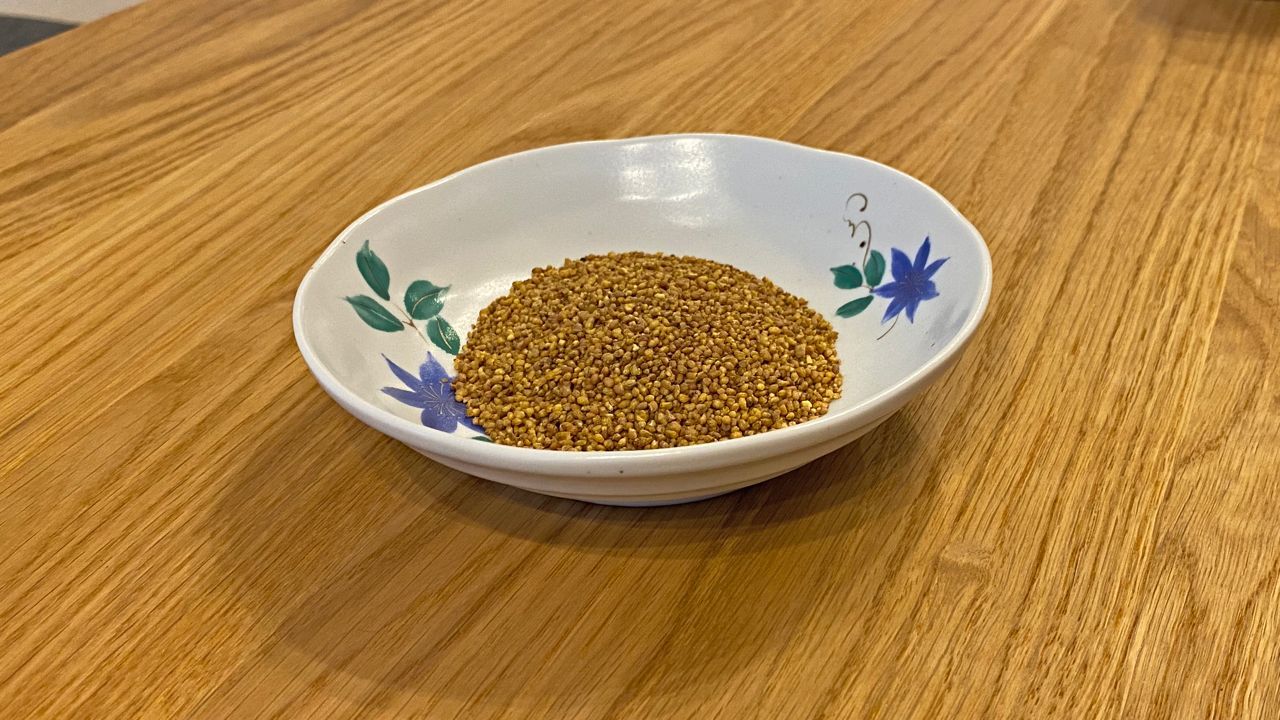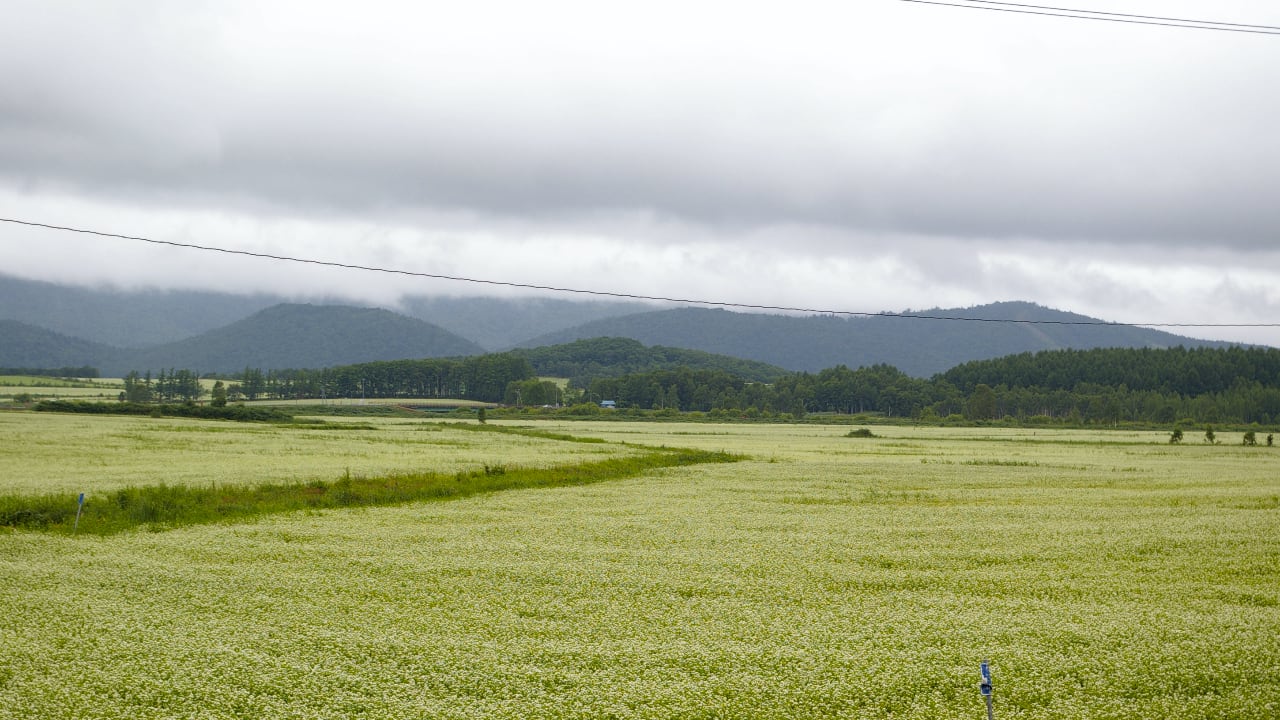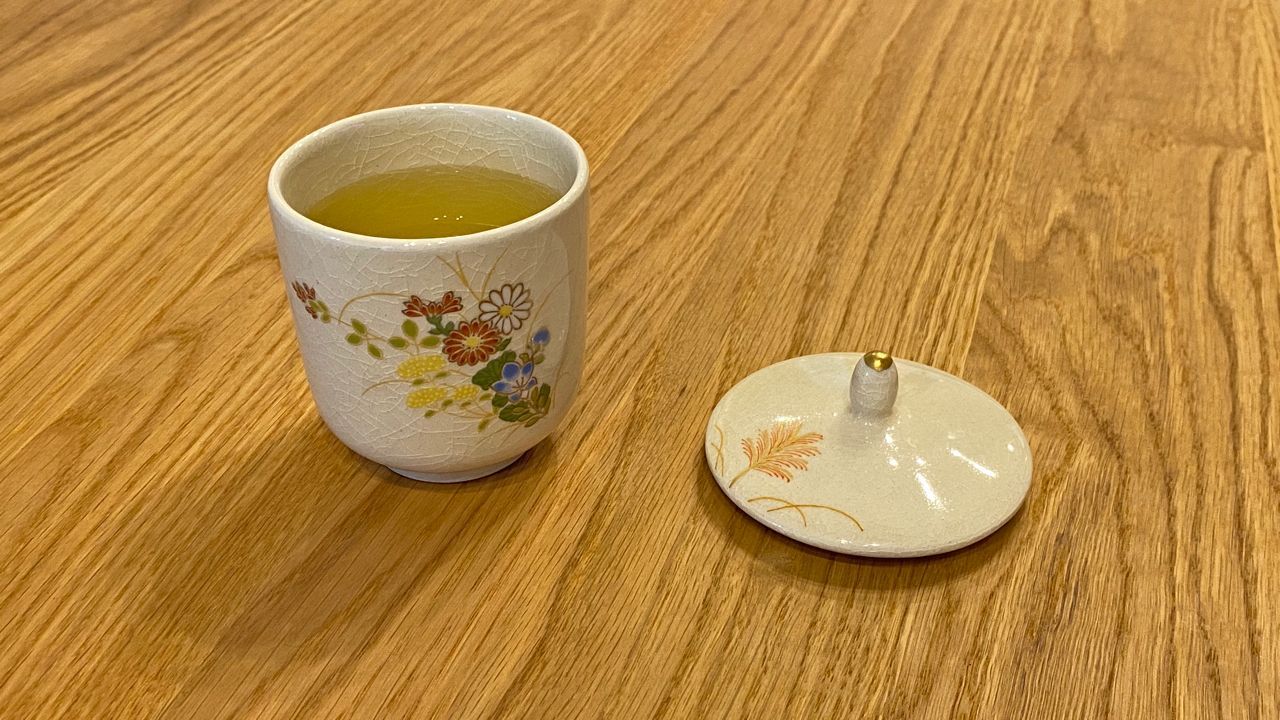August 2024 - Sobacha from Hokkaidō
August is here, and with it, a new tea to enjoy with Tomotcha! For our August 2024 selection, we have chosen a Sobacha (そば茶), a tea made from roasted buckwheat grown in Hokkaidō (北海道). This simple, earthy tea offers a comforting flavor that suits the laid-back pace of summer.

The History of Buckwheat Cultivation in Japan
Buckwheat, or soba (そば) as it's known in Japan, has a history that goes back over a thousand years. The first records of buckwheat cultivation in Japan date back to the Nara period (奈良時代, 710-794 AD), when it was likely introduced from mainland Asia. Unlike rice, which requires wet fields and specific conditions, buckwheat is hardy and can grow in poor soil, making it particularly suited to Japan’s mountainous regions.
By the Edo period (江戸時代, 1603-1868), buckwheat had become a significant crop in Japan. It was a reliable food source, especially in regions where rice was difficult to cultivate. During this time, the now-famous soba noodles became popular, particularly in Edo (江戸) (modern-day Tokyo). These noodles were easy to prepare and nutritious, providing an affordable meal for common people.
However, buckwheat wasn’t just for noodles. It was also roasted and brewed as tea, known as sobacha. This tea was valued not only for its taste but also for its supposed health benefits, such as aiding digestion and promoting circulation. Today, while it may not be as widely consumed as other types of tea, sobacha remains a comforting and nostalgic drink for many in Japan.

Field of buckwheat at Horokanai, Hokkaido by DrTerraKhan, licensed under CC BY-SA 3.0 (cropped and edited from the original).
Hokkaidō in Summer: A Season of Growth
When people think of Hokkaidō, they might picture snowy landscapes, but summer here is something special. Hokkaidō's summers are mild and pleasant, a refreshing change from the heat and humidity experienced in other parts of Japan. The island's natural beauty shines during this time, with green fields, blue skies, and blooming flowers creating a peaceful atmosphere.
Hokkaidō is known for its agriculture, and summer is the peak growing season. The soil is particularly fertile, thanks to volcanic activity in the past. In late July and August, you can see fields of buckwheat beginning to flower, with their small white blossoms standing out against the green landscape. This is also the time when other crops like potatoes, corn, and various vegetables are in full swing.
For those who visit Hokkaidō during the summer, it’s a chance to experience the slower, more rural side of Japan, where farming traditions are still strong.

Brewing Sobacha
To prepare Sobacha, the amount of tea used should be adjusted according to your preferred taste. Generally, it's recommended to use around 1 teaspoon (2 grams) of Sobacha for 200ml (7oz) of spring water. The tea should be steeped in boiling water for 2 to 3 minutes for the first infusion. For subsequent infusions, you can increase the steeping time.
You can enjoy Sobacha both hot or iced, depending on your preference!
